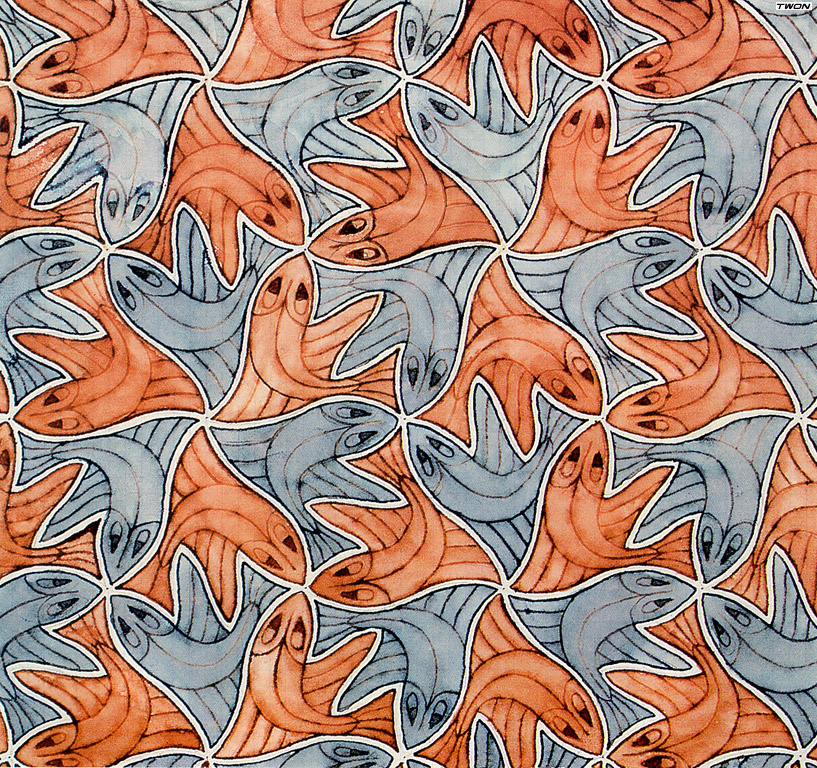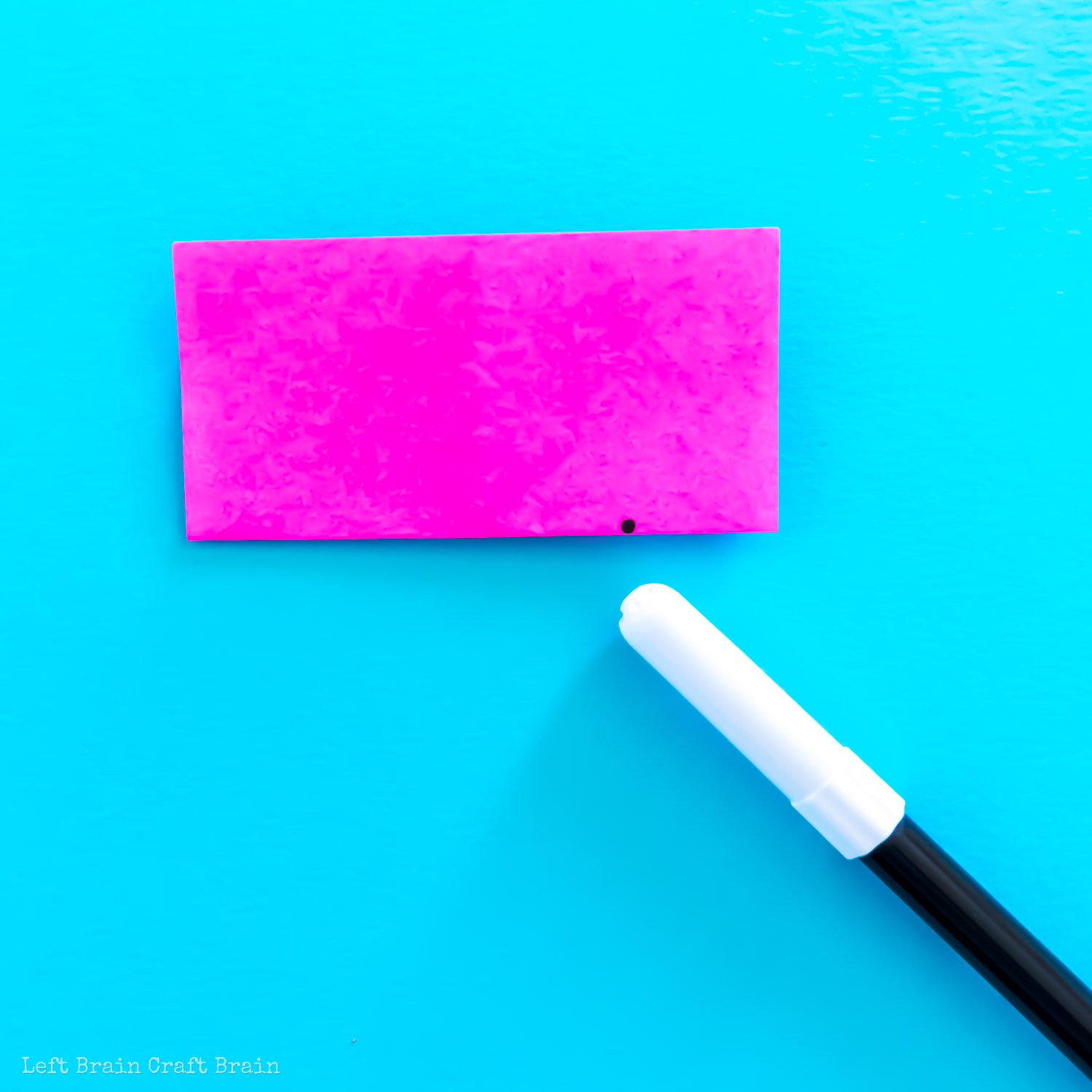

The pattern was even used on toilet paper, because the manufacturers noticed that a non-periodic pattern can be rolled up without any bulges. Penrose was exploring tessellations purely for fun, but it turns out that the internal structure of some real materials (like aluminium) follow a similar pattern. This self-similarity can be used to prove that a Penrose tiling is always non-periodic. Notice how the same patterns appear at various scales: the yellow pentagons, blue stars, purple rhombi and green ‘ships’ appear in their original size, in a slightly larger size and an even larger size. Move the slider to reveal the underlying structure of this tessellation. These are called Penrose tilings, and you only need a few different kinds of polygons to create one: In the 1970s, the British mathematician and physicist Roger Penrose discovered non-periodic tessellations – they still continue infinitely in all directions, but never look exactly the same. They can continue forever in all directions and they will look the same everywhere. That means they consist of a regular pattern that is repeated again and again. Escher (1940) Penrose TilingsĪll the tessellations we saw so far have one thing in common: they are periodic. The most famous pair of such tiles are the dart and the kite.Ĭlick here for the lesson plan of non-periodic Tessellations.“Metamorphosis II” by M. Semi-regular Tessellations A semi-regular tessellation is made of two or more regular polygons.

There are only 3 regular tessellations: Triangles 3.3.3.3.3.3 Squares 4.4.4.4 Hexagons 6.6.6 Look at a Vertex. The pattern of shapes still goes infinitely in all directions, but the design never looks exactly the same. A regular tessellation is a pattern made by repeating a regular polygon. In the 1970s, the British mathematician and physicist Roger Penrose discovered non-periodic tessellations. Whatever direction you go, they will look the same everywhere. They consist of one pattern that is repeated again and again. It may be better to show a counter-example here to explain the monohedral tessellations.Īll the tessellations mentioned up to this point are Periodic tessellations. All regular tessellations are also monohedral. If you use only congruent shapes to make a tessellation, then it is called Monohedral Tessellation no matter the shape is. You can use Polypad to have a closer look to these 15 irregular pentagons and create tessellations with them. Among the irregular pentagons, it is proven that only 15 of them can tesselate. We can use any polygon, any shape, or any figure like the famous artist and mathematician Escher to create Irregular tessellationsĪmong the irregular polygons, we know that all triangle and quadrilateral types can tessellate. The good news is, we do not need to use regular polygons all the time. The Barewalls logo watermark will not appear on your artwork. If one is allowed to use more than one type of regular polygons to create a tiling, then it is called semi-regular tessellation.Ĭlick here for the lesson plan of Semi - Regular Tessellations. Cartoon Fish Seamless Background Pattern - Art Print. If you try regular polygons, you ll see that only equilateral triangles, squares, and regular hexagons can create regular tessellations.Ĭlick here for the lesson plan of Regular Tessellations. the most well-known ones are regular tessellations which made up of only one regular polygon. There are several types of tessellations.


 0 kommentar(er)
0 kommentar(er)
